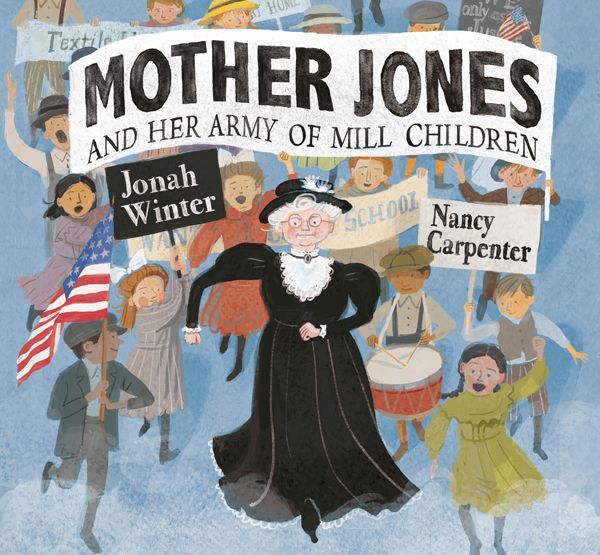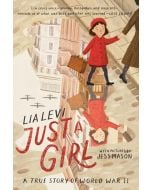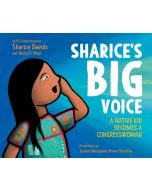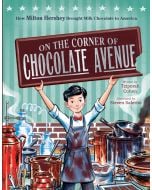
Mother Jones and Her Army of Mill Children
By Jonah Winter
Illustrators
Illustrated by Nancy Carpenter
Edition
By Jonah Winter
Library edition with trade jacket added
Publisher Penguin Random House Imprint Schwartz & Wade ISBN9780449812921
Mother Jones and Her Army of Mill Children
 10.75
10.75
Out of stock
SKU
9780449812921J
Here’s the inspiring story of the woman who raised her voice and fist to protect kids’ childhoods and futures—and changed America forever.
Mother Jones is MAD, and she wants you to be MAD TOO, and stand up for what’s right! Told in first-person, New York Times bestelling author Jonah Winter, and acclaimed illustrator Nancy Carpenter, share the incredible story of Mother Jones, an Irish immigrant who was essential in the fight to create child labor laws. Well into her sixties, Mother Jones had finally had enough of children working long hours in dangerous factory jobs, and decided she was going to do something about it. The powerful protests she organized earned her the name “the most dangerous woman in America.” And in the Children’s Crusade of 1903, she lead one hundred boys and girls on a glorious march from Philadelphia right to the front door of President Theodore Roosevelt’s Long Island home.
Mother Jones is MAD, and she wants you to be MAD TOO, and stand up for what’s right! Told in first-person, New York Times bestelling author Jonah Winter, and acclaimed illustrator Nancy Carpenter, share the incredible story of Mother Jones, an Irish immigrant who was essential in the fight to create child labor laws. Well into her sixties, Mother Jones had finally had enough of children working long hours in dangerous factory jobs, and decided she was going to do something about it. The powerful protests she organized earned her the name “the most dangerous woman in America.” And in the Children’s Crusade of 1903, she lead one hundred boys and girls on a glorious march from Philadelphia right to the front door of President Theodore Roosevelt’s Long Island home.
A note on the quotes used in the story. Author's note, with black-and-white photographs. Bibliography. Full-color illustrations were rendered in watercolor and digitally.
|
Standard MARC Records Cover Art |
Biography Elementary Plus (Grades 1-4)
Biography Elementary Plus
Biography Elementary Plus (Grades 1-4)
For Grades 1-4
This 14 book collections offers beginning readers fascinating biographies and compelling personal stories that provide a view into history or perspective on the issues of our times.
14 books per Year
$282.52 per Year
Interests
Biographies, Nonfiction, Science/STEAM





